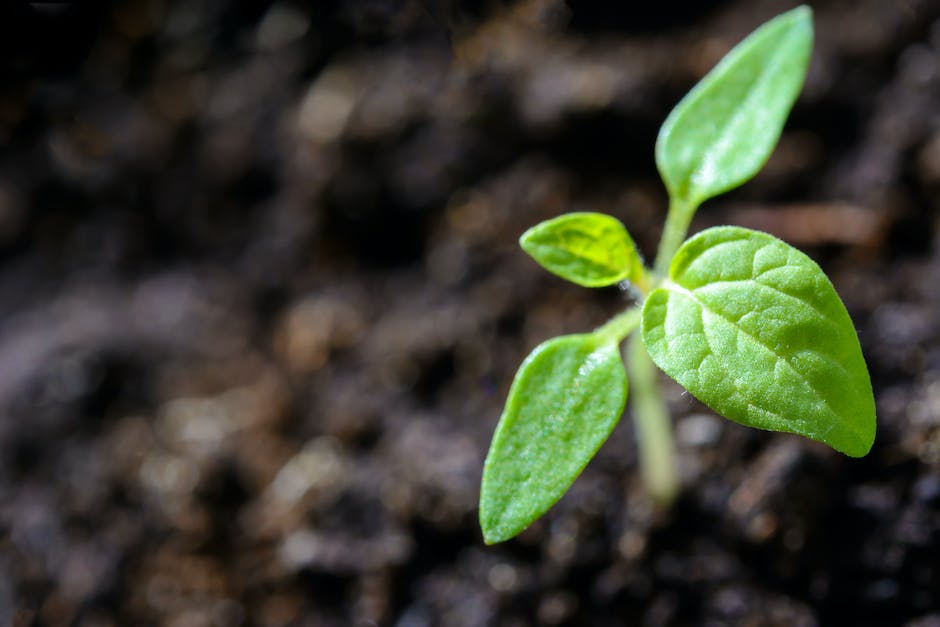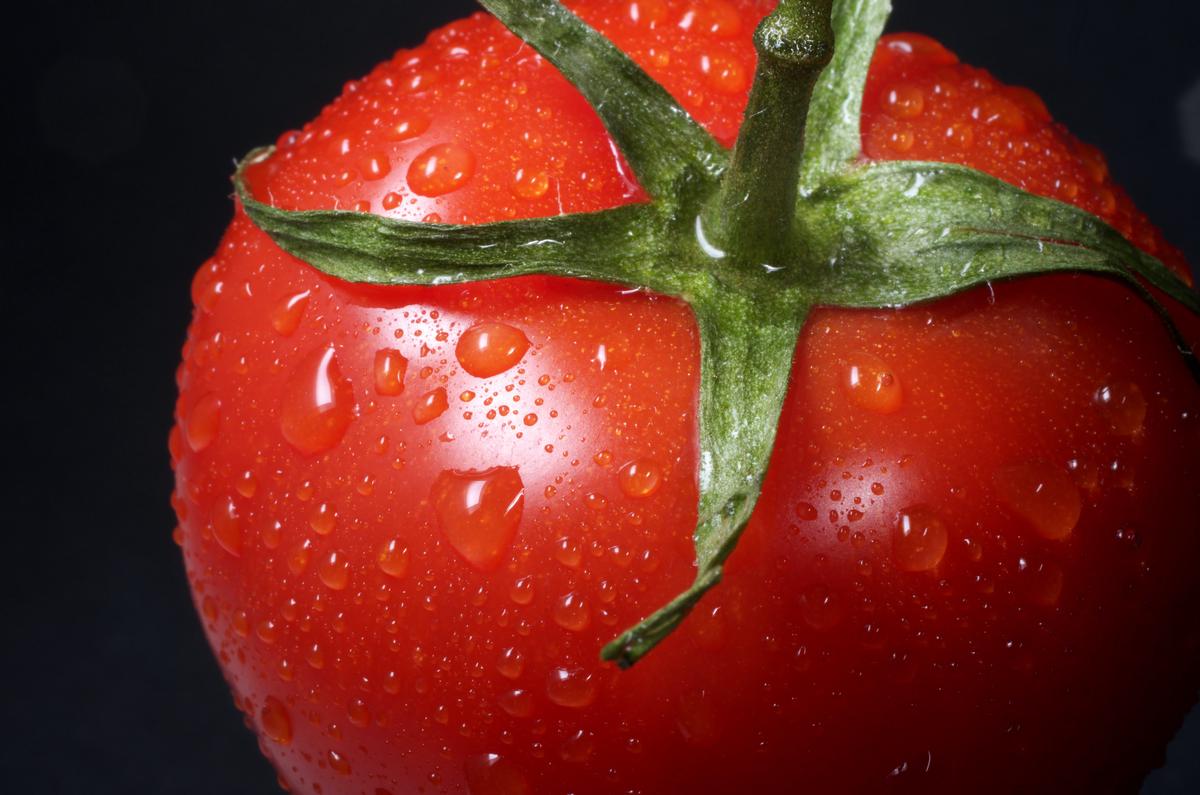Tomato Seed Germination: A Beginner’s Guide

Tomato seeds, like all seeds, carry within them the magic of life and the promise of a bountiful yield. However, this promise is only realized under the perfect amalgamation of conditions, a combination that, like a complex lock, triggers the bursts of biological activity leading to germination. Through this discourse, we dive into the elegant mosaic of seed germination, tracing the intricate steps from dormancy to the emergence of new life. Herein, we unveil aspects of tomato seeds’ distinct characteristics, share insights on creating optimal conditions for their germination, and guide you through the timeline of their development.
Understanding Seed Germination
Demystifying the Process of Seed Germination: An In-Depth Exploration
Seed germination, often the subject of simplistic discussions in high school classrooms, is in reality a complex and intricate biological process. On the surface, it may seem as simple as a tiny seed transforming into a sprout. However, the nuances of this process reveal a captivating dance between the seed, the environment, and the prime biological conditions required for life to unfold.
Seed germination begins when the seed, having been dormant, becomes activated due to favorable environmental conditions – typically a combination of light, temperature, moisture, and oxygen, although the precise recipe varies by species. This profound transformation is marked by the absorption of water by the seed, instigating its metabolic participation.
Absorption of water leads to the swelling of the seed, eventually resulting in the rupture of the hard outer seed coat (the testa). This initial stage of the germination process is called imbibition. As the seed expels water, enzymes within it get activated and start breaking down stored food reserves, converting proteins and fats into simple sugars to fuel the growth process. From here, germination progresses towards its next delightful step.
Emergence of the embryonic root, or radicle, signals the advent of this second stage. This marks a critical point in the germination process as the radicle anchors the seed into the soil and starts absorbing water and nutrients. This is followed by the upward growth of the shoot (the epicotyl) towards the light source.
The final landmark in the germination process is the emergence of the cotyledons, the seed’s own seed leaves contained within the seed coat, which had initially housed the seed’s food supply. Cotyledons either remain buried (hypogeal germination) or rise above the ground (epigeal germination), depending on the plant species.
Simultaneously, the birth of true leaves heralds the transition from nutrient storage reliance to photosynthesis. From immobile speck of potential to dynamic player in the ecosystem, the seed begins its journey towards becoming a full-fledged plant.
Hence, seed germination, once examined beyond a cursory glance, unravels its true sophistication. It is a magnificent orchestration that not only encapsulates the intricacies of plant biology, but also underscores the adaptive genius of nature – a perfect beginning for life. Each stage showcases a remarkable synchronization of biological signals and environmental cues, triggering critical processes central to plant development.
Seed germination, therefore, isn’t a simple process—it’s a beautifully complex dance that sows the seeds of life, quite literally. Understanding this limitless backdrop of natural ingenuity could be the key to harnessing the full potential of our planet’s botanical richness, as humankind continues to probe the mysteries of existence, one germinated seed at a time.

Tomato Seed Characteristics and Optimal Germination Conditions
In light of this understanding of seed germination, we shall now closely examine the distinctive traits of tomato seeds and decipher their optimum conditions for germination. Tomato seeds, scientifically known as Solanum lycopersicum, encapsulate the genetic potential of this beloved nightshade vegetable and carry forward its rich legacy from seed to fruit.
Commencing with the morphological characteristics, the seeds are typically flat, oval, and only about a mere 3 millimeters in size. Cloaked in a gelatinous sac, or the spermoderm, these small wonders are initially dormant and necessitate specific conditions to awaken to life. This gelatinous casing plays a vital role in the plant life cycle – it protects the seed, and, in its existence, houses a primary inhibitor of germination – abscisic acid, which prevents precocious germination until conditions become favorable.
Tomato seeds encapsulate the genetic signature of the plant, and they express an overtness to the complexities of genetics within their small package. They are largely self-pollinating with strict autogamy, thus preserving the parent plant’s qualities with precision.
Delving into the unique germination profile, tomato seeds have an optimal temperature range of about 70 to 80 degrees Fahrenheit. They also display a vigorous response to light – a seductive dance of photosensitivity and photoblastic properties. This means they prefer exposure to light during the process of germination. Suggesting that these seeds initiate germination best when sown openly or just beneath a thin surface layer on the soil. Unsurprisingly, light also influences the duration of germination, with extended periods of light often expediting the germination process.
There’s one specific metabolic peculiarity- the temperature at which the seeds are stored before planting. Storing them at a biting zero degrees Celsius can improve the speed and uniformity of germination times- a characteristic often harnessed by commercial growers.
In terms of moisture, tomato seeds require a steady, but not overly saturated, wet environment while imbibition- the process of water absorption leading to the swelling and initiation of biochemical activities within the dormant seed.
Therefore, exploiting the unique attributes of tomato seeds and adjusting conditions accordingly can ascertain successful germination. It is these little insights – the appreciation of the influence of light, the delicacy of temperature, and the balance of moisture – that allow science to delicately cradle life from a seed, marrying the complexity of biology with the art of horticulture in the fascinating world of tomato seed germination.

Photo by markusspiske on Unsplash
Germination Timeline and Monitoring
With recognition towards the diverse determinants of seed germination, the pace of this process as well as methods of tracking it become further notable. Indeed, the timeline of tomato seed germination is an intricate mosaic, bearing the marks of both genetic and environmental influences. Let’s, thus, shed some light on this important dimension of seed germination.
The timeline of tomato seed germination is often encapsulated in a matter of days. However, this time frame is not set in stone but hinges on a multitude of factors, manifested in a principal range of 6 to 12 days. Optimal conditions pave the path for a faster march towards germination, while less conducive environments extend this period. The stark truth of the matter is that understanding the ideal timeline of tomato seed germination requires a comprehension of those conditions that the seed deems favorable.
Temperature, for instance, has a decisive role in the schedule of tomato seed germination. An environmental thermostat set between 70 and 80 degrees Fahrenheit offers the amiable invitation for the tomato seeds to begin their biological journey. It is, however, worth noting that tomato seeds can germinate in a wider range of temperatures, approximately from 50 to 95 degrees Fahrenheit, but the timeline for this germination would be prolonged.
To keep track of germination, regular, controlled observation is critical. Labeling and dating each set of planted tomato seeds provide a clear record of their progress. Equally important is monitoring soil moisture levels as well as ambient temperature, recording any significant fluctuations that may influence the germination process.
Gradual changes reveal the march towards the coveted germination. The first visual cue usually arises through the emergence of the radicle or primary root. Subsequent stem formation, and later the appearance of leaves unveil the continuing progress. Employing a germination test can be a valid approach to quantify this progress scientifically. Simply put, a germination test involves planting a specific number of seeds and keeping track of how many successfully germinate, to gauge the germination rate.
It is thus evident that the timeline for tomato seed germination and its tracking is confluence of both art and science. Customizing the environmental factors and meticulously monitoring the developmental milestones fosters this precise dance of nature, and explores the fascinating journey from a humble seed to a vibrant tomato plant.

Understanding tomato seeds’ germination is more than knowledge. It’s equipping yourself with the tools to create, nurture, and sustain life. It allows you to connect with nature and participate in the circle of life and growth. Armed with the understanding of tomato seeds’ characteristics, the optimal conditions for their germination, and how to monitor their progress, you are better prepared for a rewarding gardening experience, one tomato at a time. Here’s to bountiful harvests rooted in knowledge and nurtured with patience.



